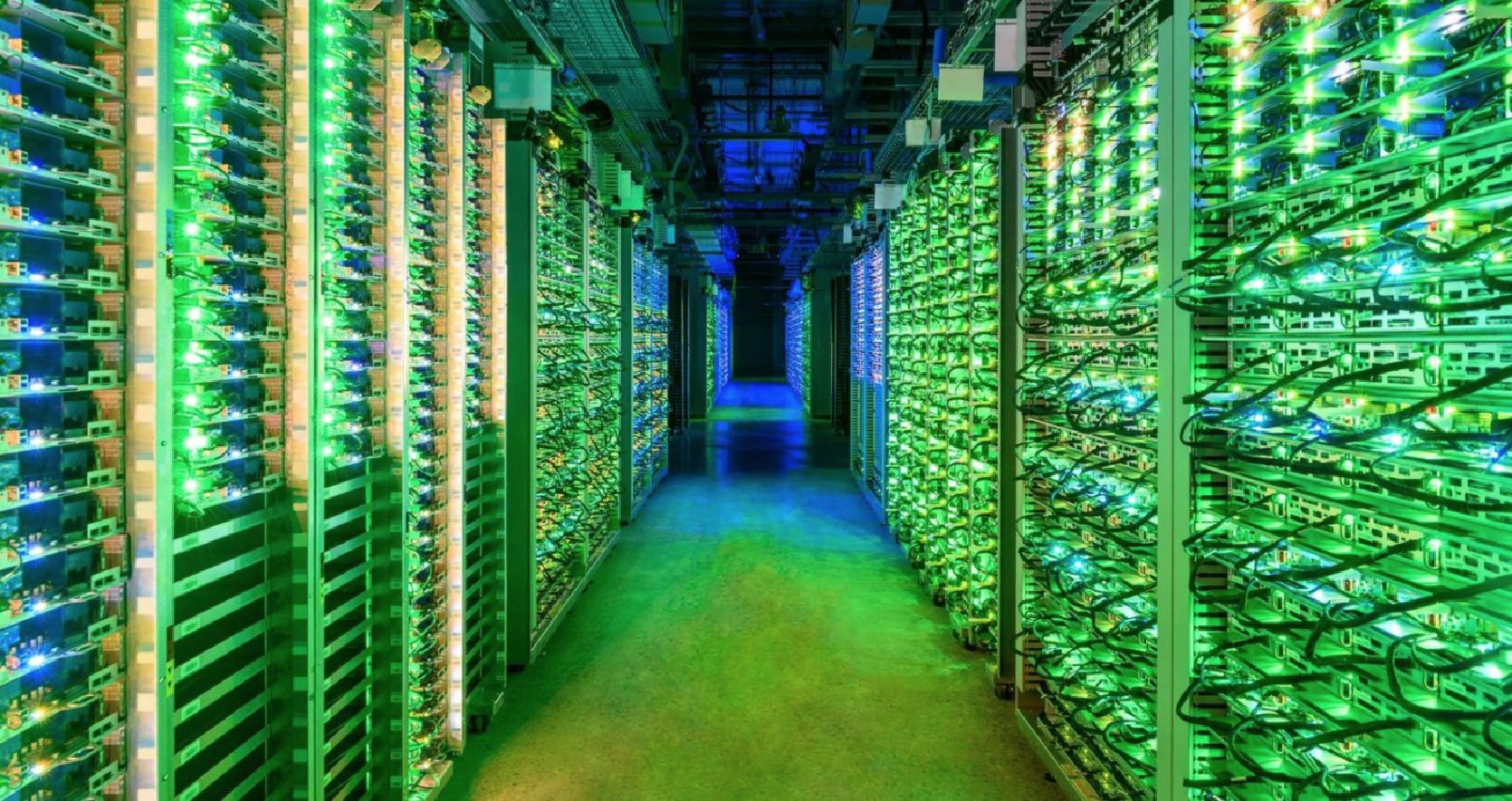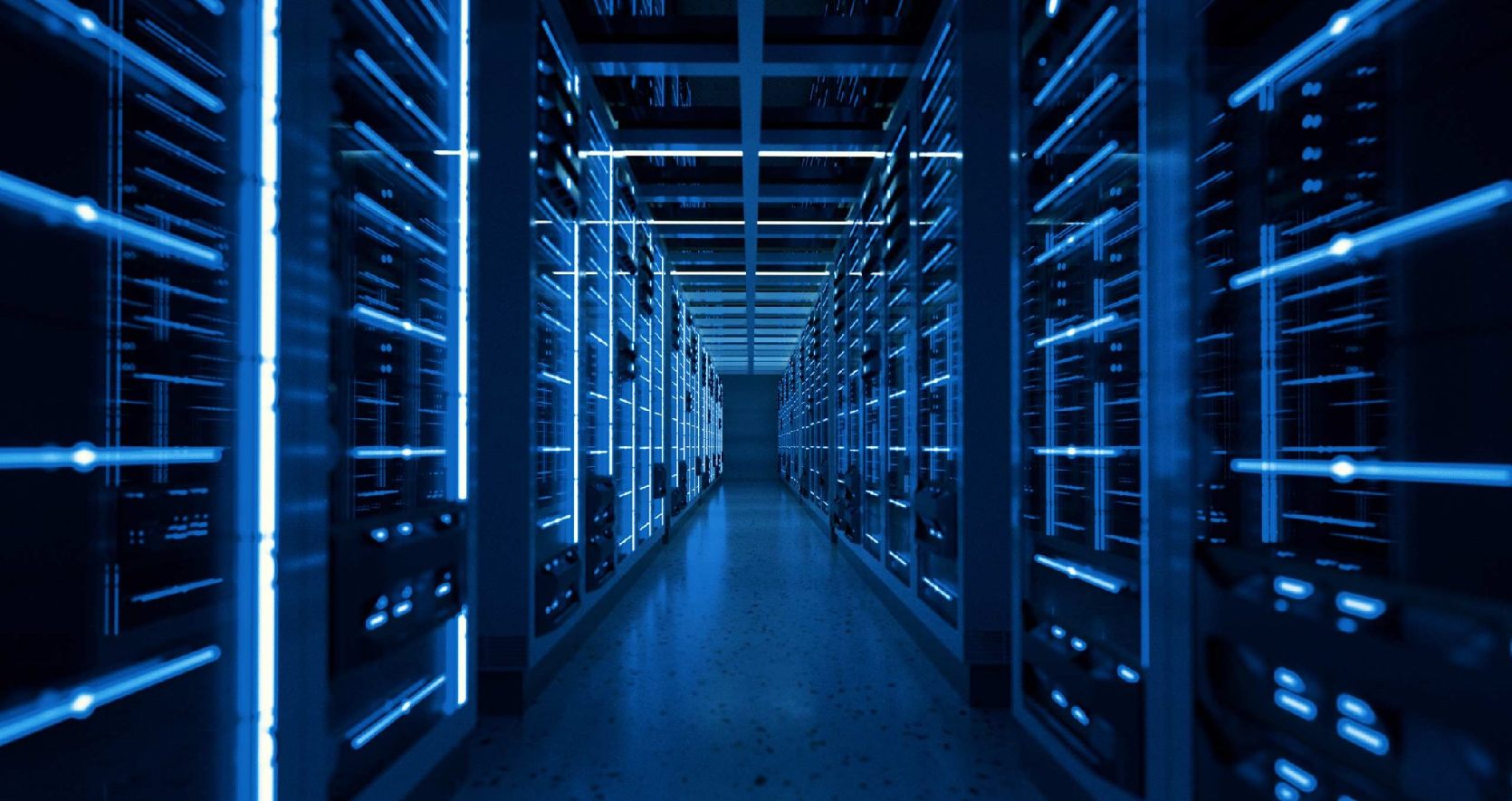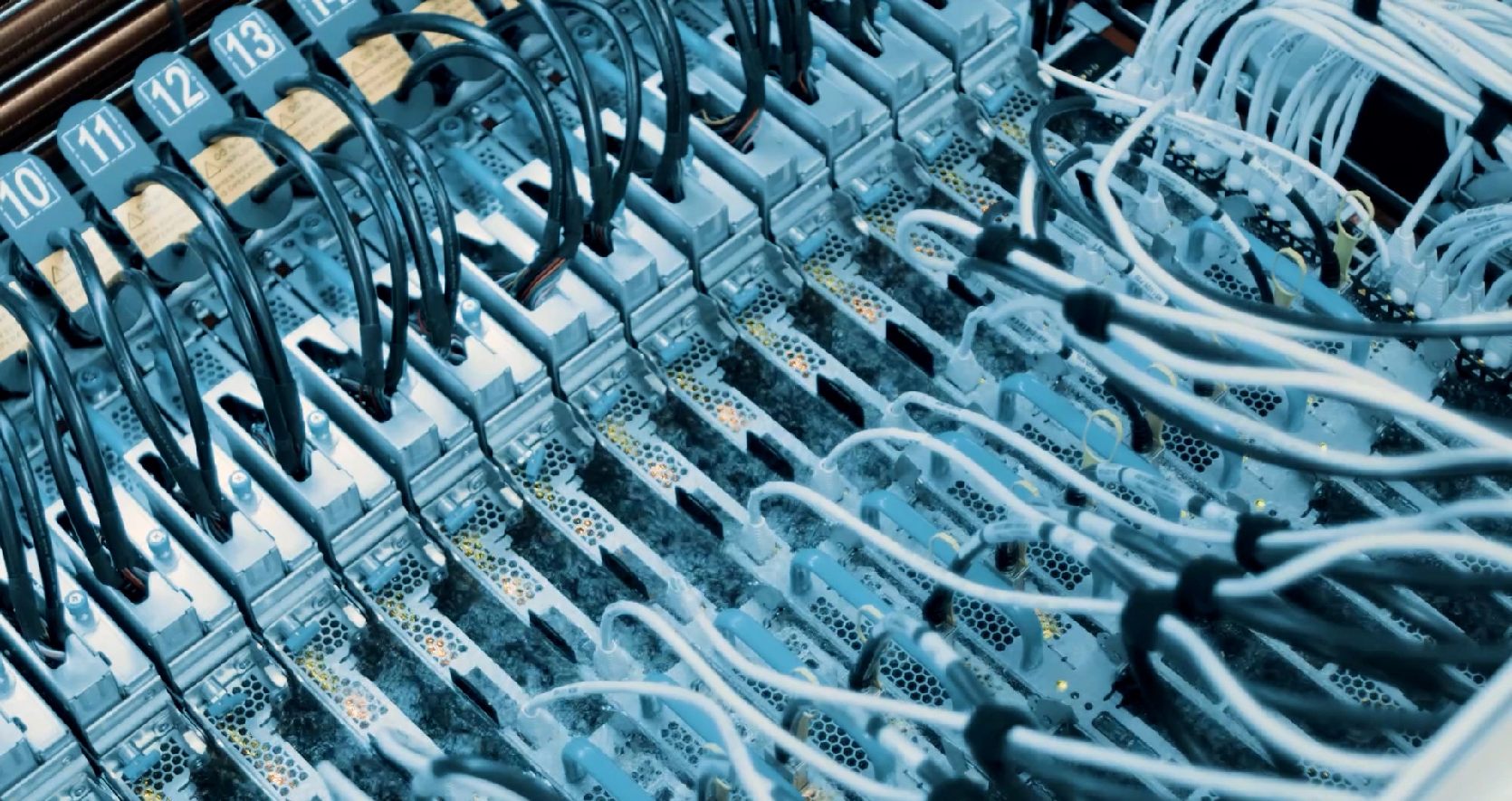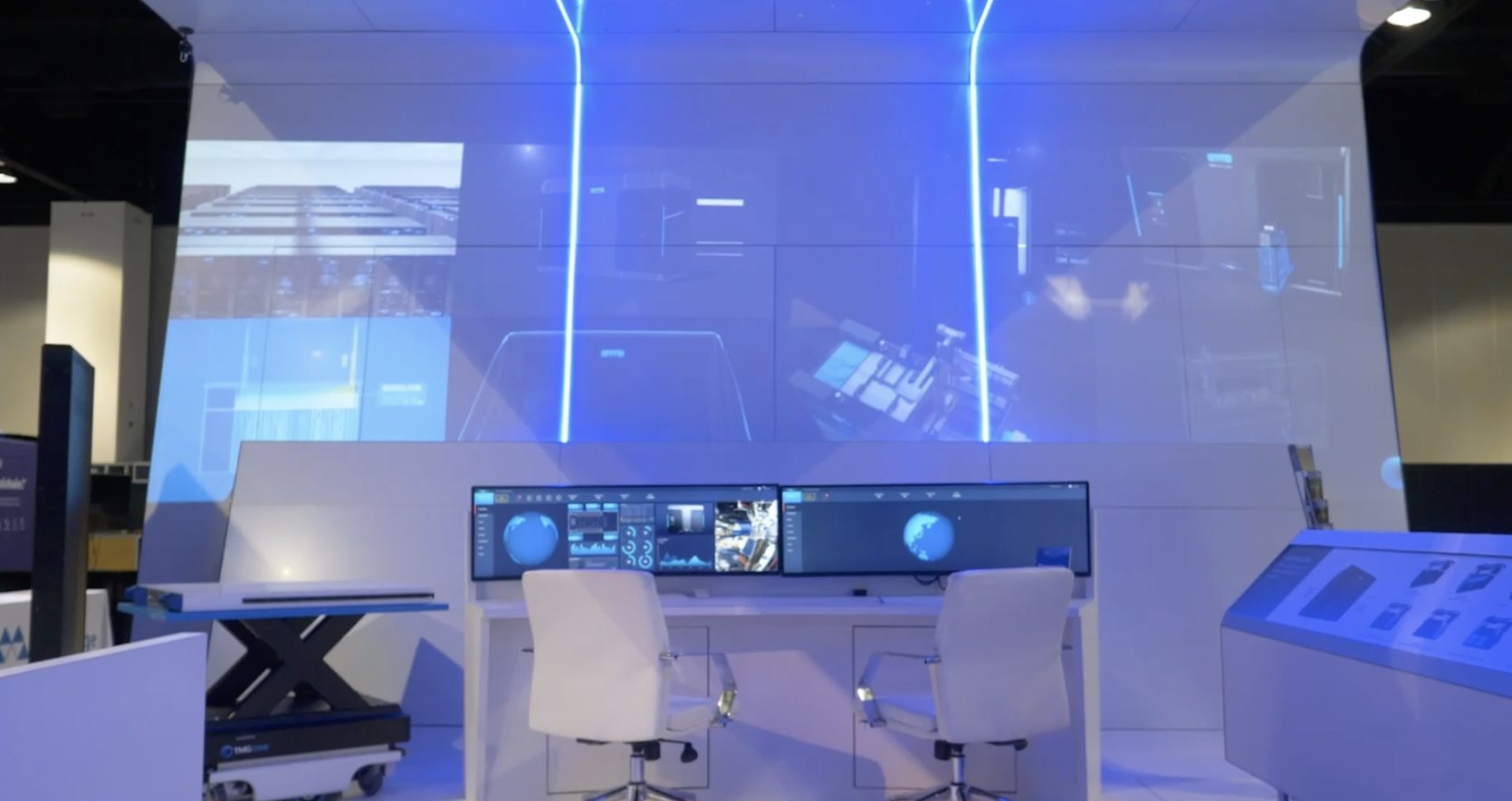
The Future of Data Center Technology: Trends to Watch in 2022
Data centers are the core of how businesses effectively run critical applications, store sensitive data, and provide services to their consumers. As data centers have become more complex and in a constant state of motion, the pace of change has accelerated. So, what’s in store for data centers in 2022? Here are the top five data center technology trends to watch out for:
Data Security
With software interconnectedness and ransomware attacks on the rise, data center companies are moving toward a zero-trust security operation model. Software that lets businesses securely map device interactions, enact policies and find weak spots will be a key factor for the future landscape of data centers. Since most organizations now operate in hybrid cloud environments spanning public, private, and on-site infrastructures. Datacenter software that can manage and operate workloads across all three spaces (public, private, and on-premises) will be a key factor in the future of data center technology. Software-defined infrastructure and AI-augmented automation can deliver several advantages of public cloud computing like flexibility, scalability, and optimization with lesser risk of data security breaches and malware attacks. Apart from only looking at a physical data center, businesses must know where their applications are and how the workload is running. Knowing why an application isn’t working is key to data center security.
Automation and Remote Management/Advanced Management Tools
Organizations continue to show interest in adopting data center infrastructure management (DCIM) tools to monitor and measure operations. The pressing need to manage better infrastructure for data centers started during the pandemic and has been on the rise ever since. Businesses require effective and transparent tools that are automated, remotely operated, and deliver energy reporting. Hybrid environments present challenges that are both horizontal (from the data center to the cloud) and vertical (from the low-level data center facilities to the server, data storage, network, and multiple layers of software). Since hybrid environments aren’t going anywhere anytime soon, advanced management tools are required to tackle such multi-faceted challenges. The continued expansion into edge computing provides a solution.
The Rise of Edge Computing
The computing paradigm is shifting away from centralized hyperscalers to edge computing in 2022. By employing edge computing platforms across a series of data centers, companies can provide high-performance workloads closer to their consumers. Edge computing solutions enable organizations to connect everything and take advantage of ubiquitous real-time data. With the added ability for real-time monitoring, low latency, and highly available apps, it’s no wonder why edge is key for the future of data center technology. This interconnectedness also requires vigilant management to eliminate the risk of breaches in data center security. Luckily, automated management tools can provide increased control and improved power efficiency, especially with high-density computing. Such tools and applications are usually located at 5G base stations, data centers, and the internet of things. Still, the amount of energy and power required to maintain edge devices is robust, making sustainability a topic of contention.
Sustainability
As data center energy consumption continues to grow, sustainable sources to power edge devices and management tools have taken priority. To address this challenge, data centers turn to data center infrastructure management (DCIM) tools that help assess and manage energy use. Additionally, data center system admins have started to increase their use of renewable energy sources like solar and wind power and adopt greener habits and technologies. By adopting greener practices and replacing outdated or inefficient technology, companies can cut down on the waste data centers produce and reduce the cost of operating data centers. The shift to more environmentally friendly designed facilities and utilizing equipment that doesn’t waste as much electricity and produce as much heat are more steps that data centers can take to become more sustainable. In addition, greener cooling technologies like intelligent building management systems, high-efficiency chillers, and liquid immersion cooling technology all boost the energy efficiency of data center cooling systems.
Energy Effectiveness
The ongoing digitization of the world requires a lot of energy. To accommodate, data centers must actively reduce their carbon footprint as climate change becomes a pressing issue globally. Data centers must also look beyond energy efficiency to energy effectiveness. This requires high-performance hardware and interconnected software capable of monitoring both the amount of energy used and how it’s being used. Investments in smart facility management and efficient assets are key trends to watch out for in the next several years. Let’s once again embrace the venerable idiom of “out with the old and in with the new” so we can create a greener and more efficient future for data centers and the world.
Pellentesque habitant morbi tristique senectus et netus et malesuada fames ac turpis egestas. Curabitur sed mi massa. Aenean ut rhoncus lacus. Mauris lorem neque, porttitor at vulputate in, euismod vulputate ligula.
Maecenas lacinia sem diam, at consectetur magna pretium nec. Curabitur semper orci sit amet viverra ultricies.
Pellentesque habitant morbi tristique senectus et netus et malesuada fames ac turpis egestas. Curabitur sed mi massa. Aenean ut rhoncus lacus. Mauris lorem neque, porttitor at vulputate in, euismod vulputate ligula. Curabitur at velit sagittis, vehicula erat vel, condimentum elit. Maecenas consequat urna ut neque blandit vestibulum. Duis lacus arcu, euismod in vulputate in, blandit quis dolor. Cras sit amet turpis sed ex iaculis volutpat. Donec posuere posuere tortor, eget consectetur eros suscipit sit amet.
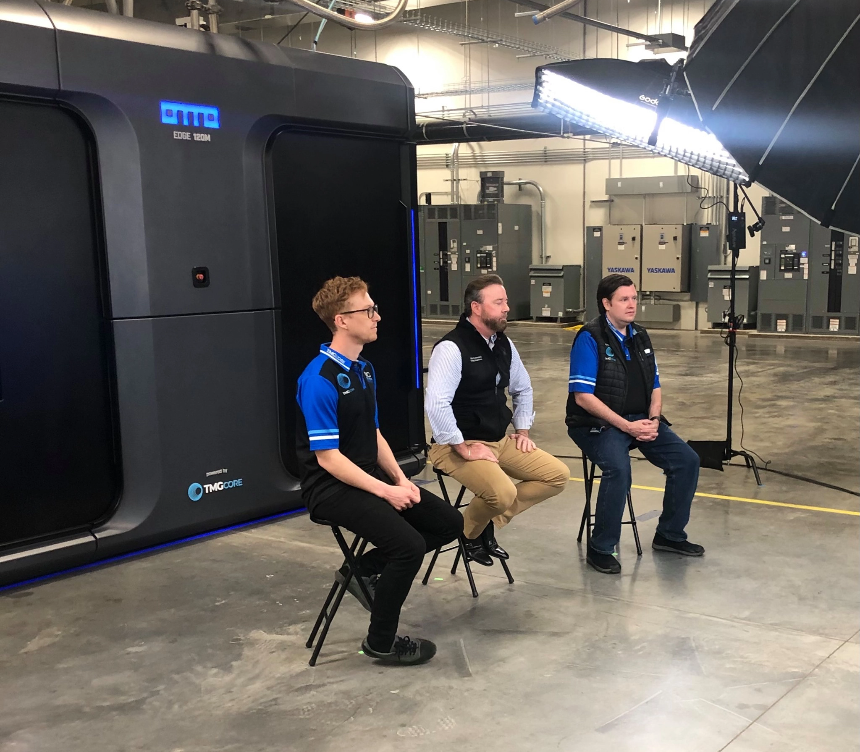
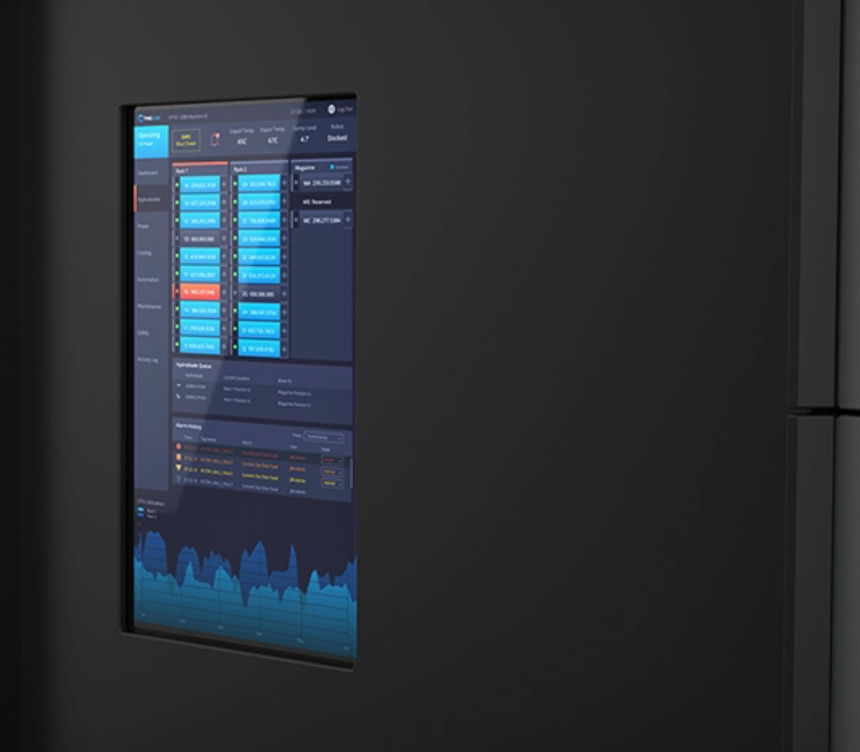
Sed a magna ac purus ornare porta. Maecenas ut facilisis risus, et volutpat felis. Nullam quis tempor purus. Praesent ornare posuere elementum. Mauris quis ex ante. Phasellus libero lorem, malesuada quis suscipit ac, aliquam sit amet arcu. Donec lacinia dui enim, vitae scelerisque nunc vestibulum vel. Fusce imperdiet elementum neque sed molestie. Donec ut feugiat orci. Etiam lacus nulla, blandit eget odio eget, consectetur finibus ligula. Sed quis orci consectetur, auctor leo vel, iaculis velit. Pellentesque vitae nisi lectus.
- Suspendisse consequat metus vitae magna lobortis tristique.
- Aliquam sit amet ante ut velit lacinia porta at nec nibh.
- Aliquam suscipit turpis vitae luctus posuere.
- Donec malesuada turpis maximus orci lacinia sagittis.
Related Blogs
